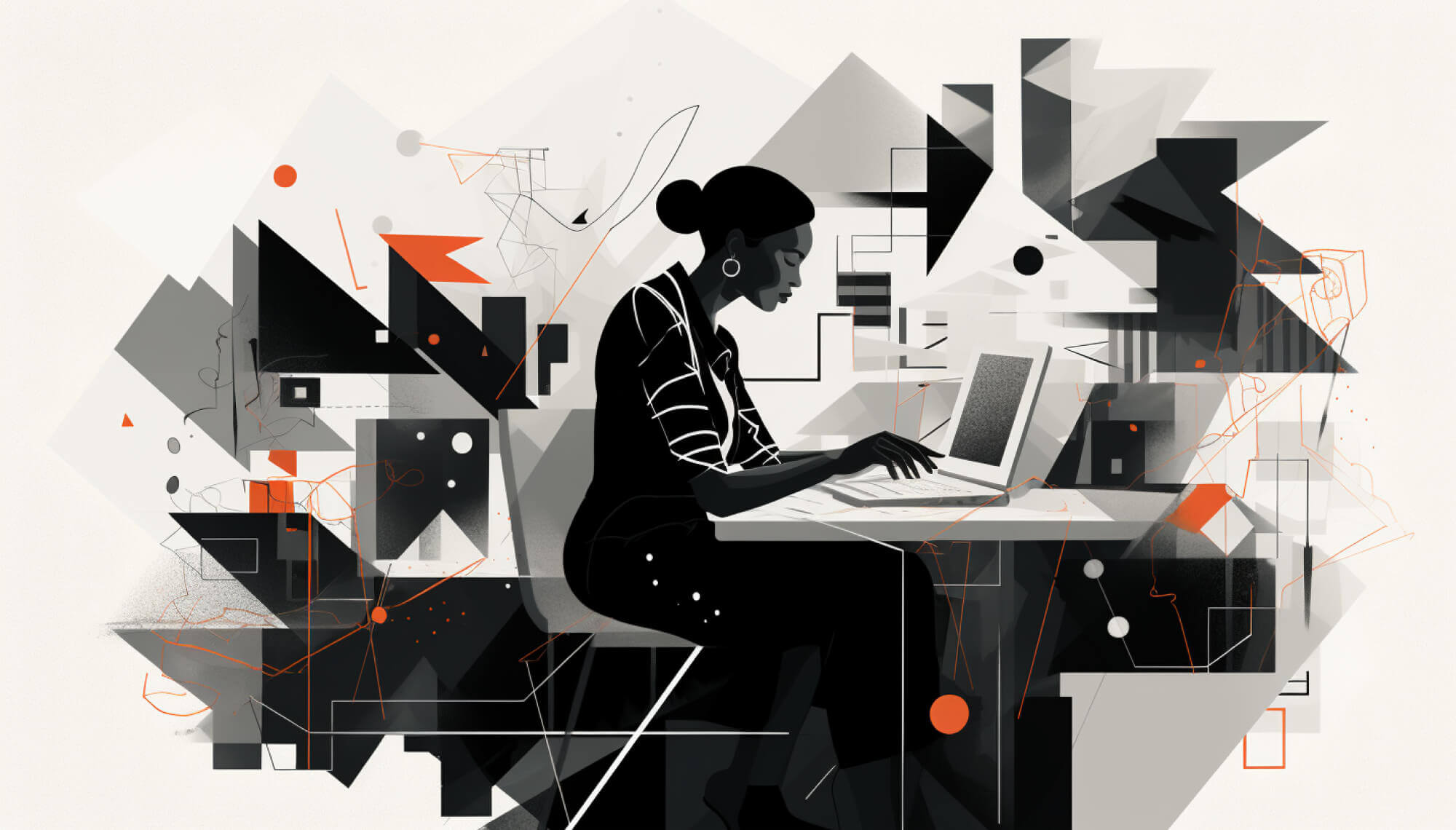
Beyond prompts and structured questions, there's an exciting avenue to explore when engaging with ChatGPT: crafting scenarios. In this article, we'll dive into the world of scenario-based interactions and how they can unlock a whole new level of creativity and engagement in your conversations with AI.
Why Scenarios Matter
Scenarios are essentially mini-stories or situations you create for ChatGPT to respond to. They add depth and context to your interactions and can lead to more immersive and imaginative conversations. Instead of asking straightforward questions, you set the stage for a scenario, and ChatGPT responds as if it's a participant in that scenario.
Creating Compelling Scenarios
The key to crafting engaging scenarios is in the details. Consider the following tips:
Start with a Vivid Setting: Describe the scenario's setting or environment in vivid detail. Whether it's a bustling cityscape or a serene forest, painting a clear picture helps set the stage.
Introduce Characters: Give life to your scenario by introducing characters. Describe their personalities, motivations, and roles in the story. This adds depth to the interaction.
Define Objectives: What are the goals or objectives within the scenario? Clearly state what the participants are trying to achieve. This provides direction for the conversation.
Add Conflict or Challenge: A good scenario often includes some form of conflict or challenge. It could be a problem to solve, a mystery to unravel, or a decision to make. This keeps the conversation engaging.
Encourage Role-Playing: Encourage ChatGPT to take on a role within the scenario. For example, if you're creating a scenario set in a medieval kingdom, ChatGPT could be a wise old wizard, a knight in shining armor, or a curious traveler.
Explore Various Endings: Scenarios can have multiple possible outcomes. Encourage ChatGPT to explore different paths within the scenario, which can lead to diverse and dynamic responses.
Examples of Scenario-Based Interactions
Historical Reenactment: Create a scenario where ChatGPT takes on the role of a historical figure, and you engage in a conversation set in that era. For example, "You are Leonardo da Vinci in Renaissance Italy. Describe your latest invention."
Mystery Solving: Set up a scenario where ChatGPT is a detective, and you're working together to solve a mystery. "We're detectives investigating a missing artifact in an ancient museum. What clues have we found so far?"
Future Exploration: Explore the future by crafting a scenario set in a futuristic world. "We're explorers on a distant planet in the year 2200. Describe the alien species we've encountered."
Character Development: Create scenarios that delve into character development. "You're a young artist in Paris during the 1920s, and I'm your mentor. Describe the inspiration behind your latest masterpiece."
Benefits of Scenario-Based Interactions
Scenarios introduce a dynamic dimension to interactions with ChatGPT. They ignite creativity, prompting AI to think in unique and imaginative ways. These scenarios also immerse you in captivating story-like conversations, transforming interactions into engaging narratives. What makes them particularly fascinating is their ability to offer dynamic responses, allowing you to explore diverse paths and outcomes. This adds depth and enriches the conversation with a tapestry of possibilities. Beyond that, scenario-based interactions become a powerful tool for learning, storytelling, and delving into hypothetical scenarios.
In summary, scenarios offer an enthralling way to engage with ChatGPT, infusing depth, creativity, and immersion into your conversations, making them enjoyable and highly insightful. So, craft scenarios that transport you to exciting journeys through time, space, and imagination, and witness the AI's responses unfold a world of limitless possibilities.